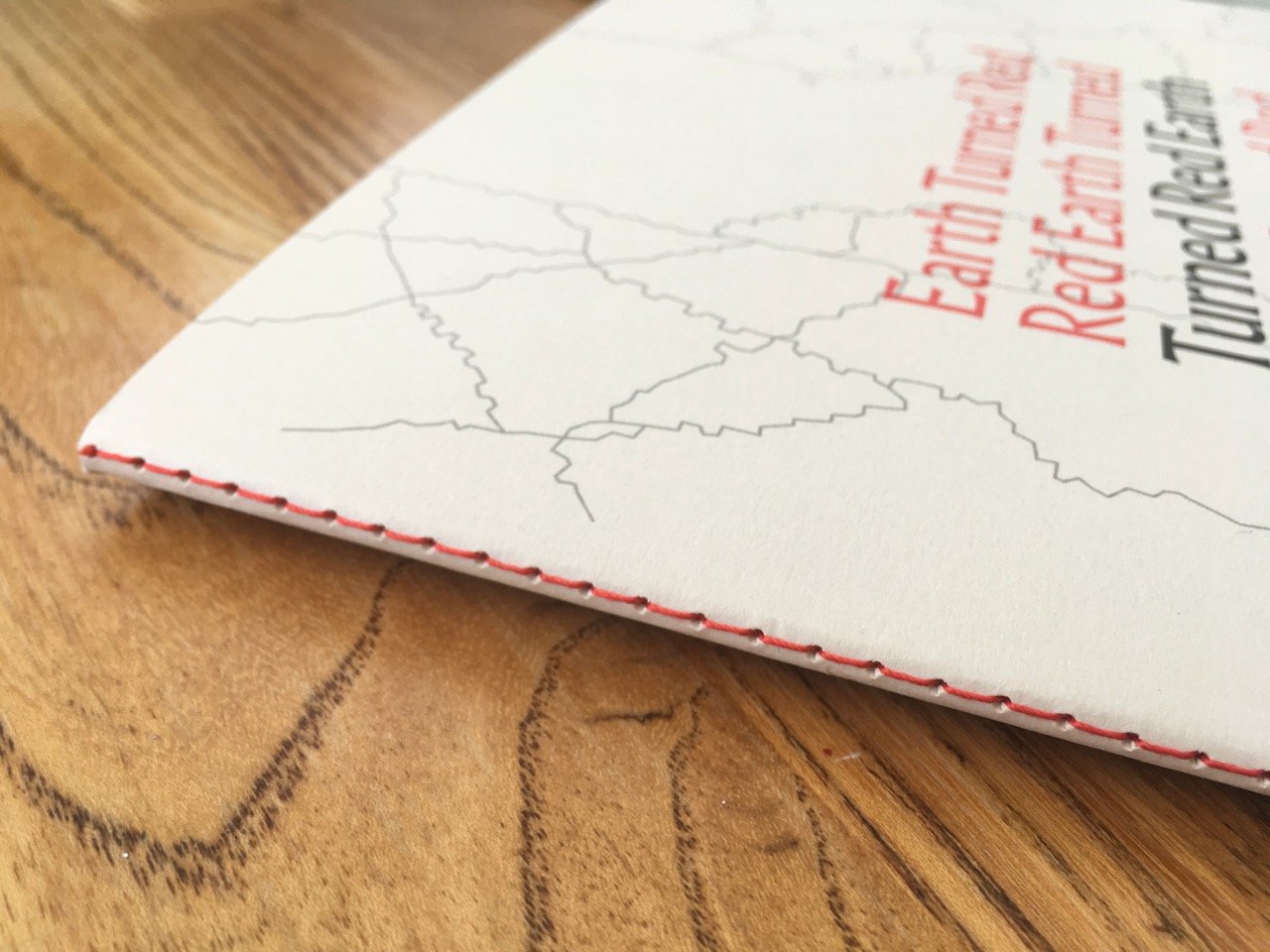
Turned Red Earth
Weeds and wildflowers offer a new perspective on the Great War.
Scroll ↓
In 2018, I was invited to make some art for the Spill Festival in Ipswich to mark the centenary of the First World War. Turned Red Earth was a large-scale billboard installation and a limited edition artist’s book that explored the relationship between human and natural worlds in the context of trench warfare.
"The grass is about a foot long
and thousands of poppies
are swaying along the lips of the trench
these thin lines of turned red earth in front of us.”
I combed dozens of letters and diaries written by young men who fought in Europe during the conflict of 1914-18, looking in particular for accidental nature writing. I had noticed that many of them took a great deal of comfort from the steady and familiar progress of the seasons, and the aspects of the natural world they recognized from childhood - a childhood that many of them had barely left behind. By a process of erasure and remixing, I created a sequence of sampled-text poems that loosely follow the progress of a year, deliberately blurring the distinction between individuals on opposite sides of the conflict.
I worked with photographer Eleanor Skan to create the haunting images of uprooted weeds and wildflowers - the same ones mentioned by the long-dead soldiers, now growing abundantly around our neighbourhood of Dedham Vale.
At a time (2018) when the European project seemed to be crumbling, with the UK poised to leave the Union, it felt particularly important to underline some of the fundamental things that still unite us across the continent, and did so even a hundred years earlier when Europe was at war. The poppies, beech trees and nightingales that provided a touchstone for young servicemen on both sides of the trenches are still tiny wonders, to be treasured and celebrated by all of us.



